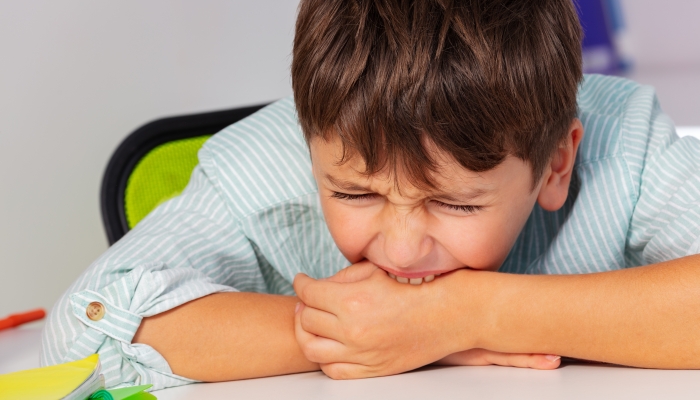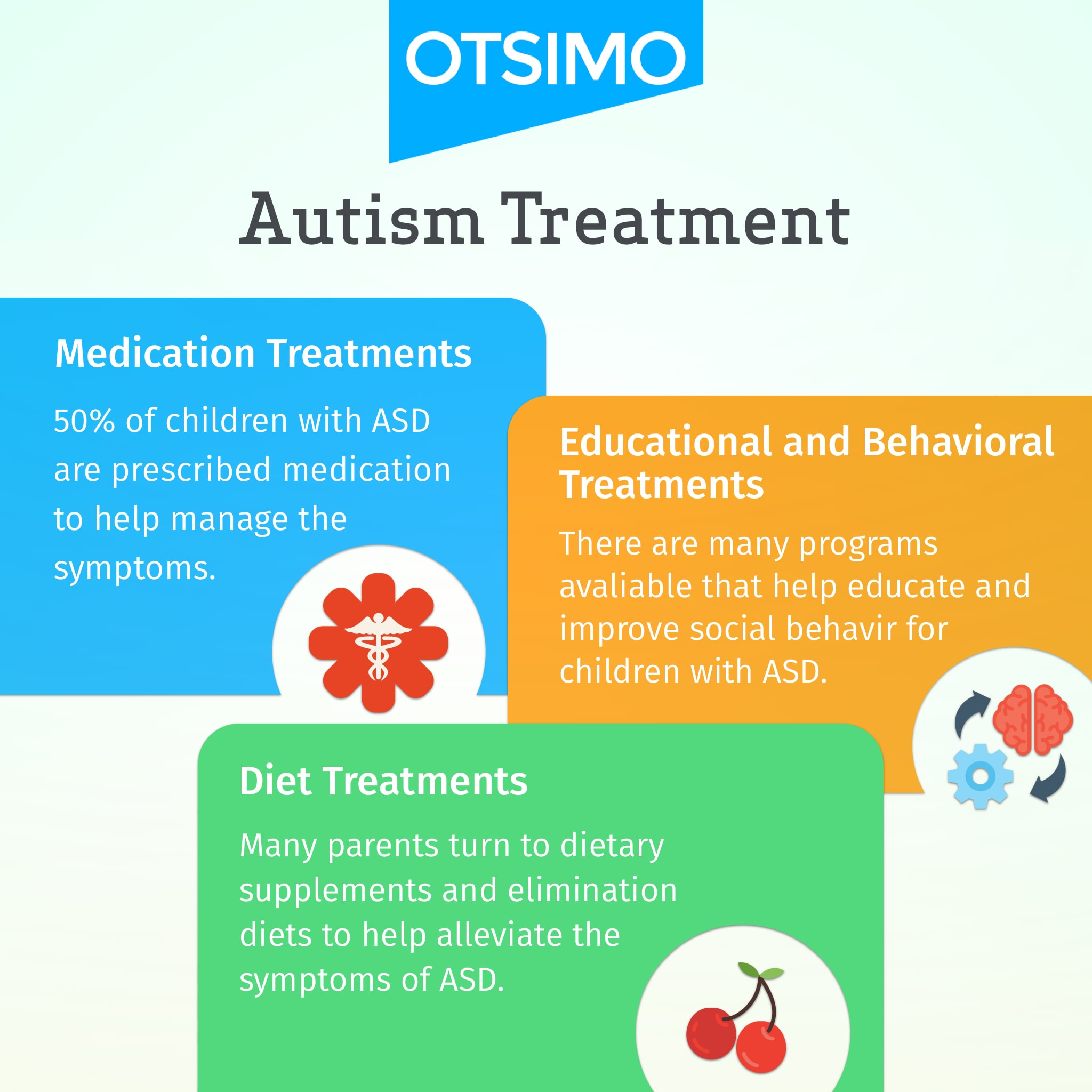Understanding the Impact of Behavioral Autism on Day-to-day Live and Social Interactions
You may not realize just how deeply behavior autism impacts day-to-day life and social interactions. Individuals on the range frequently browse a globe loaded with communication hurdles and sensory overload. These challenges can bring about irritation and seclusion, influencing their relationships and overall wellness. Understanding these nuances is crucial for promoting helpful settings. What strategies can we execute to produce more inclusive spaces and purposeful connections? The responses could stun you.
Defining Behavioral Autism and Its Attributes
Behavior autism, frequently described as autism range condition (ASD), includes a variety of problems identified by challenges in social communication, interaction, and repeated behaviors. You might see that individuals with ASD usually have a hard time to analyze social hints, which can cause misconceptions in conversations. They might locate it difficult to develop eye contact or take part in little talk, making social situations really feel overwhelming.
Interaction difficulties can manifest in different ways, from postponed speech growth to a choice for utilizing fewer words. By recognizing these attributes, you can foster an atmosphere that promotes acceptance and motivates efficient interaction, aiding individuals with autism prosper in their everyday communications.
The Range of Autism: Understanding Variability in Habits
Autism range condition (ASD) isn't a one-size-fits-all diagnosis; it varies widely amongst people. You might run into people who are very verbal and engage quickly in conversations, while others might prefer solitary activities or connect non-verbally.
Moreover, the method people with ASD reply to sensory input can vary greatly; some might be bewildered by loud sounds or brilliant lights, whereas others grow in boosting settings. The spectrum additionally consists of distinctions in social communications; some individuals might battle to analyze social signs, while others navigate social settings with relative convenience. Understanding this irregularity is crucial, as it assists you value everyone's unique experience and dressmaker support to their specific demands, cultivating a more comprehensive setting for everyone.
Interaction Obstacles Faced by People With Autism
When you interact with people on the autism range, you might observe their one-of-a-kind communication obstacles. They usually encounter problems with both nonverbal and verbal hints, which can affect their social communications. Understanding these obstacles is essential for promoting better connections and assistance.

Verbal Communication Difficulties
Many people on the autism range experience verbal communication problems that can substantially impact their everyday communications. You could discover it challenging to share your thoughts, sensations, or needs clearly. This can lead to stress for both you and those around you, as misunderstandings occur. You might fight with starting discussions, preserving a topic, or recognizing subtleties in speech. Usually, you may like using simple language or recurring phrases, which can restrict your ability to involve in deeper conversations. Your volume, pace, or tone might not straighten with social assumptions, causing others to misunderstand your objectives. Recognizing these challenges can aid you and your support network create techniques to boost communication and cultivate far better connections with others in your life.
Nonverbal Communication Obstacles
Verbal communication isn't the only challenge people on the autism spectrum face; nonverbal communication obstacles can be equally as substantial. You may locate it hard to interpret body language, face expressions, and eye contact, which are crucial for efficient interaction. These obstacles can bring about misunderstandings or misconceptions of social hints, making interactions really feel overwhelming or complex. You might have a hard time to express your own feelings via nonverbal means, leaving others uncertain of your purposes or feelings. This separate can produce sensations of isolation and stress. Identifying these obstacles is vital for cultivating understanding and empathy in your interactions. By dealing with nonverbal interaction, you can locate techniques to enhance your social experiences and improve your overall top quality of life.
Social Interaction Influences
Social communications can typically really feel frustrating due to the special communication challenges faced by people with autism. Identifying these obstacles can help you find approaches to enhance communication, such as practicing social skills in secure setups or utilizing visual help. Recognizing your demands allows you to browse social communications with higher confidence and ease.
Social Interaction and Relationship Structure in Autism
While building connections can be testing for individuals with autism, comprehending their special point of views and interaction styles can foster purposeful links. You may observe that several individuals on the range favor straight interaction and may deal with social hints or tiny talk. By being straightforward in your interactions, you can aid create an atmosphere where they really feel comfy.
Engaging in shared passions can additionally serve as a bridge to much deeper connections. Whether it's a hobby, a favored program, or a mutual enthusiasm, these usual strings can open doors to relationship.
Day-to-day Live Routine: Navigating Challenges and Methods
Maneuvering daily life regimens can be especially challenging for people with autism, particularly when unforeseen adjustments occur. To browse these obstacles, think about additional info carrying out aesthetic timetables or checklists.
Establishing a regimen that consists of sensory breaks can additionally be helpful. This helps develop an understanding atmosphere.
Last but not least, method mindfulness techniques to handle stress and anxiousness. Straightforward breathing exercises or basing methods can make a significant distinction. By including these methods, you can enhance your everyday routine and lessen disruptions, making life really feel more manageable.
Staminas and Capacities of Individuals on the Autism Spectrum
Comprehending life regimens is simply one aspect of the autism experience. Lots of individuals on the autism range possess exceptional strengths and abilities that set them apart. You could locate that your focus to detail is outstanding, allowing you to master tasks that need accuracy and focus. Your capacity to think outside the box can result in ingenious remedies in various scenarios.
Furthermore, your memory skills frequently beam, especially in locations of passion. why not check here Aba Therapist Near Me. This knack for maintaining details can make you a beneficial resource in fields like innovation, art, or science. You might likewise display solid visual thinking, allowing you to picture intricate ideas and address issues creatively
Furthermore, your distinct point of view on the globe can foster compassion and understanding in others, enriching social interactions. Welcoming these toughness not just improves your self-confidence yet likewise assists others appreciate the varied abilities you give the table.
Creating Inclusive Environments for People With Autism
Producing inclusive settings for people with autism starts with designing sensory-friendly rooms that accommodate their special requirements. You can likewise promote opportunities for social interaction, assisting to build friendships and connections. By making these changes, you'll add to an extra welcoming environment for everyone.
Designing Sensory-Friendly Spaces
While developing sensory-friendly rooms, it's crucial to assess the distinct demands of people with autism. Begin by choosing soothing colors and soft lights to develop a comforting atmosphere. When overwhelmed, integrate silent zones where people can pull back and recharge. You'll want to lessen loud sounds and distractions, utilizing soundproof products or white sound equipments to aid preserve serenity. Consider tactile components like soft fabrics or fidget-friendly items that can supply comfort. Establish that areas are versatile, allowing for simple rearrangement to accommodate various tasks. Ultimately, More hints include visual routines or clear signs to aid individuals browse the area with confidence. By thoughtfully integrating these aspects, you can produce an inviting ambience that supports sensory requirements and promotes general wellness.
Advertising Social Communication Opportunities
Designing sensory-friendly spaces not just addresses individual convenience however also establishes the phase for significant social interactions among individuals with autism. To advertise these interactions, create comprehensive atmospheres that invite engagement. Organize organized activities, like art classes or team games, that encourage cooperation without overwhelming sensory input. Use visual help and clear communication to help every person engage comfortably. Motivate peer mentoring, pairing individuals with autism with supportive peers that can assist them through social scenarios. Furthermore, think about hosting routine community events that commemorate neurodiversity, promoting acceptance and understanding amongst all participants. By carrying out these techniques, you can enhance social possibilities, helping individuals with autism develop relationships and enhance their social abilities in a secure, inviting setting.

Regularly Asked Questions
Just How Can Pals Assistance Somebody With Behavioral Autism?
You can sustain a good friend with behavioral autism by being individual, listening proactively, and respecting their borders. Engage in tasks they enjoy, communicate openly, and develop a comfortable setting where they feel valued and comprehended.
What Resources Are Available for Moms And Dads of Children With Autism?
You can check out different sources for parents of kids with autism, including support groups, educational web sites, and neighborhood community solutions. Getting in touch with other parents can also offer valuable insights and shared experiences to aid navigate obstacles.
Can Behavioral Autism Adjustment Gradually?

Yes, behavioral autism can alter over time. You might discover shifts in communication, social skills, and habits as your youngster grows. Early treatment and assistance often play important duties in these developing adjustments.
How Do Sensory Sensitivities Affect Life?
Sensory level of sensitivities can make day-to-day experiences frustrating. You might have problem with loud noises or bright lights, resulting in stress or avoidance. Finding environments that suit your demands can greatly enhance your comfort and overall every day life.
What Prevail Misconceptions Concerning Behavioral Autism?
You may think behavior autism just affects interaction abilities, yet it's even more complicated. Many assume people lack empathy or knowledge, which isn't true. Comprehending these false impressions helps foster acceptance and support for those on the spectrum.
Behavioral autism, commonly referred to as autism spectrum disorder (ASD), incorporates a variety of conditions defined by challenges in social communication, interaction, and recurring habits.Social interactions can usually feel frustrating due to the distinct interaction difficulties faced by individuals with autism.Designing sensory-friendly areas not just addresses individual convenience but also sets the stage for significant social communications among individuals with autism. Motivate peer mentoring, pairing people with autism with helpful peers that can direct them through social circumstances. By implementing these methods, you can enhance social chances, aiding individuals with autism construct friendships and reinforce their social skills in a safe, welcoming atmosphere.